Back in 1843, Elgin Museum first opened to visitors.
For more than a century, the museum has been a significant part of Elgin’s High Street.
Its fossil collection is recognised as a Nationally Significant Collection.
The museum also has other items including a nearly-200-year-old Elgin-made grandfather clock which returned home after a transatlantic adventure which included surviving a major earthquake.
Now fast forward 180 years. The Moray Society, which runs the museum, has revealed major plans to redevelop the building.
It is hoped the transformation will improve the financial sustainability and visitor experience of Scotland’s oldest independent museum.
Press and Journal understand the cost of the project could be almost £2m.
However final calculations of costs are still to be made.
What are the changes to transform Elgin Museum?
In these proposals, lights, heating and toilet facilities will be improved.
A lift will be installed to give better access for people to the upper floor of the museum.
Meanwhile, the side hall which is used for lectures and other special events, will be refurbished to allow for greater community use.
Other work will include finishing off stonework repairs which weren’t finished back in 2017 as part of the Elgin conservation area regeneration scheme.
And a new roof for the rear gallery as the current one still leaks despite more than 500 repairs over the years.
New life for empty unit
Elgin Museum also owns 3 High Street which will be transformed into a commercial unit on the ground floor, with two one bedroom flats which will provide a regular income stream.
Claire Herbert, vice-president of Moray Society believes the major changes will help ensure the museum thrives going forward.
She said: “It is so important, that we look at how to use the spaces we have to help us bring more funding and work with the local community more.
“We want to try and reduce the need for external if we can.”
Hopes to submit final plans to planning this year
She added: “The transformation of 3 High Street will be great as there is a demand for small units.
“Also bringing the upper floors back into use for residential use will be good.
“There is a lot of vacant upper properties in the Elgin town centre and fewer people living in the centre so we look to improve for ourselves and the community.”
The museum is hoping to submit the final proposals through full planning before end of the year.
LDN Architects is representing the museum through the process.
A quick history of Elgin Museum
In October 1836, Elgin men, including Rear-Admiral Duff, banker John Lawson, town clerk Patrick Duff, bookseller Isaac Forsyth and others, met to discuss creating a museum for science and virtue.
Then the Elgin and Morayshire Scientific Association, a forerunner of The Moray Society, was formed.
Isaac Forsyth, the deaf secretary, went ahead and bought a plot of land at the east end of Elgin.
The design of the young architect, Thomas Mackenzie was chosen for the building.
When the building was finished in 1842, it was not completely paid off and the all male Society turned to the ladies of Elgin who ran a very successful bazaar, which raised enough money to finalise ownership.
On Wednesday at 7pm, Elgin Museum are hosting a Victorian Soiree to mark their 180th birthday. It will also raise money for the major project.
Ticket prices are £5 for adults and £3.50 for under 18s.
It includes a Victorian portrait and refreshments.
Click here to purchase tickets.
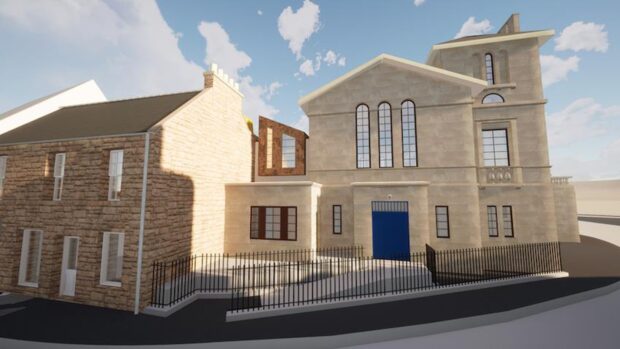

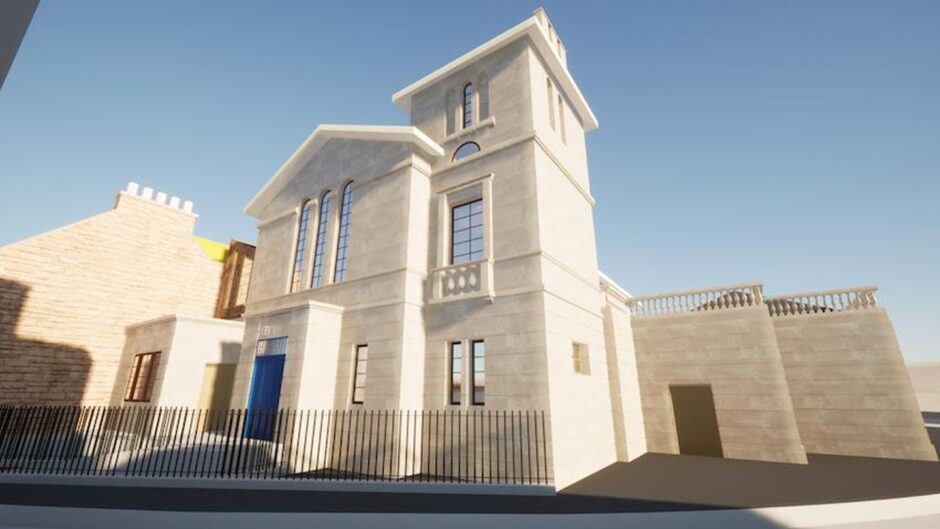
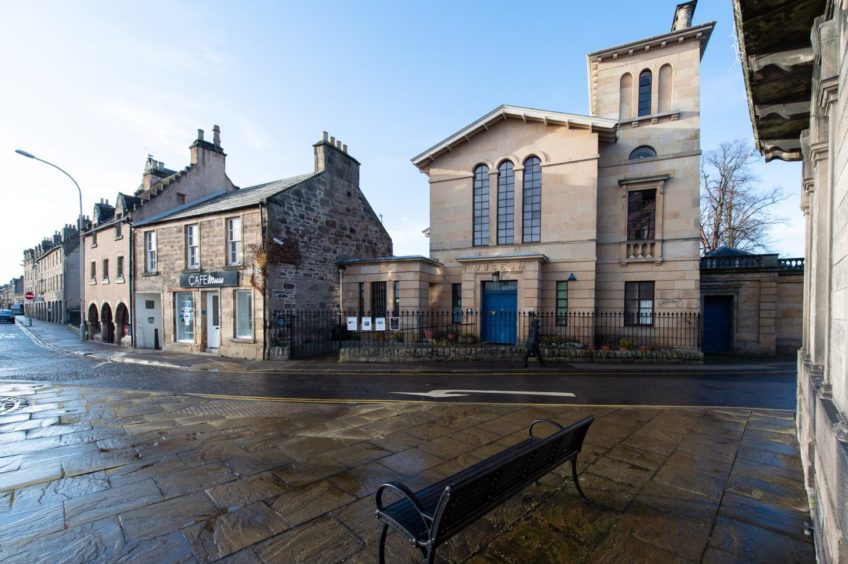
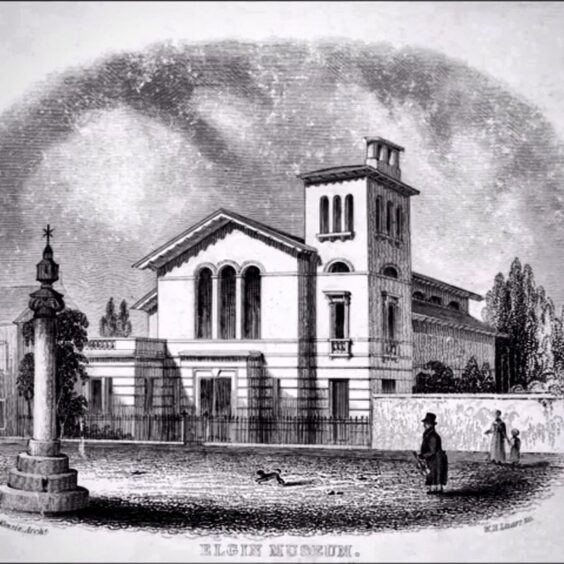
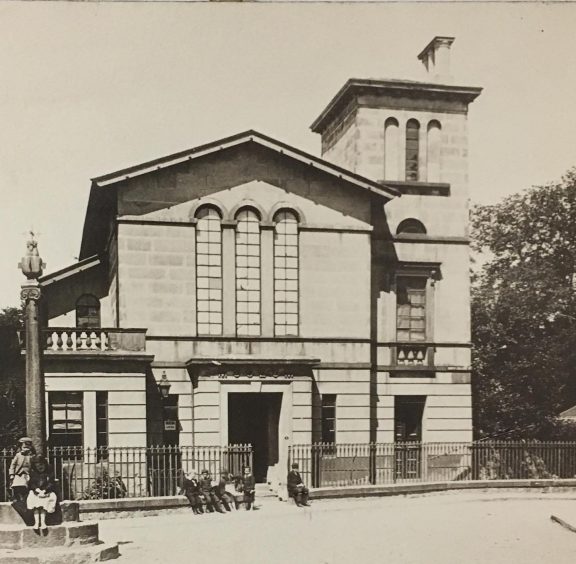
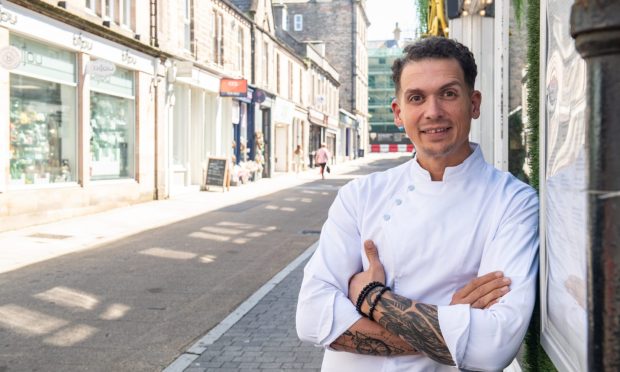
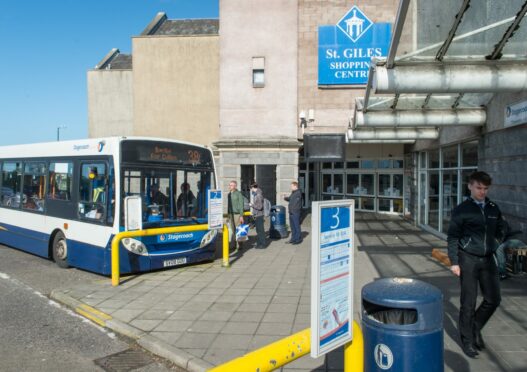
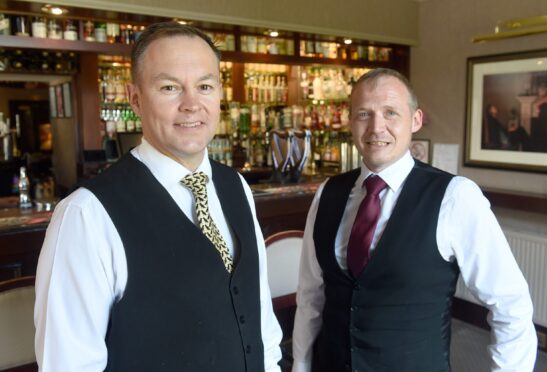

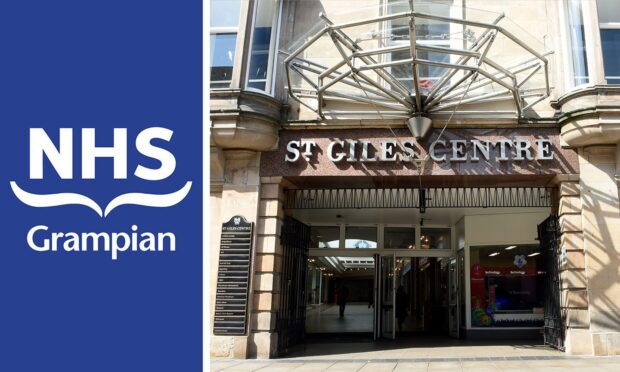


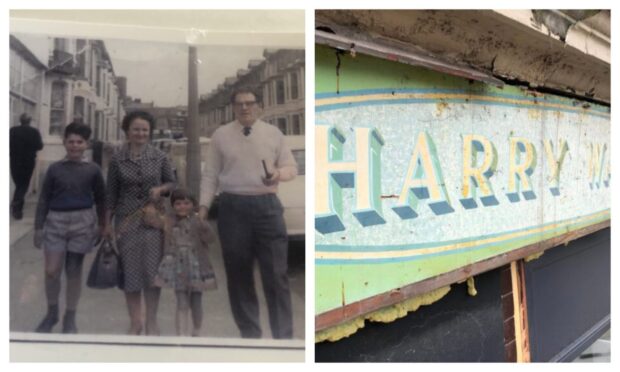



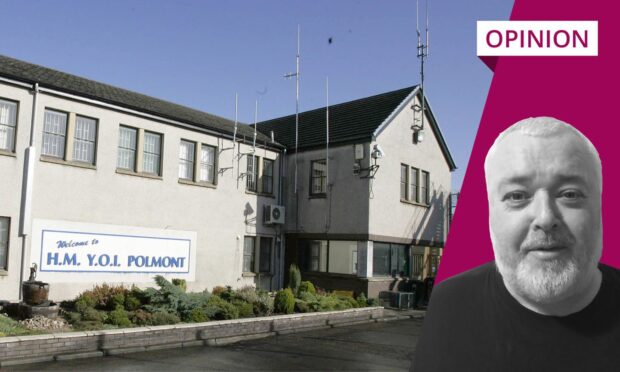



Conversation